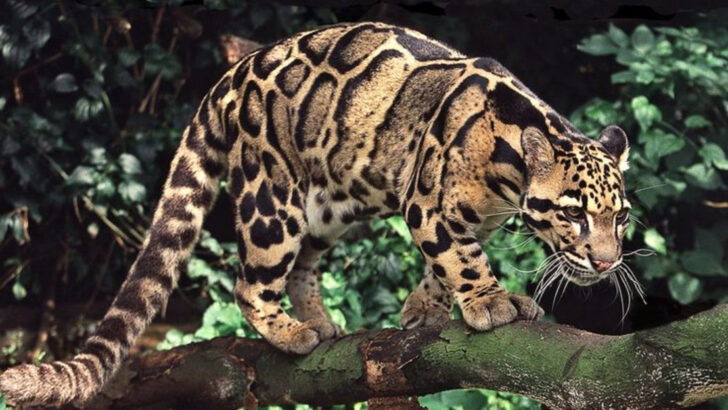Some places feel like they belong in a storybook, and Cambodia’s hidden wilderness is one of them. Deep in the heart of this extraordinary country lies a real-life Noah’s Ark—an untamed sanctuary bursting with creatures found almost nowhere else on Earth.
From towering forests to misty wetlands, this untouched paradise shelters animals so rare they seem almost mythical. Elephants roam the dense jungles, massive fish glide through ancient rivers, and brightly colored birds flash through the treetops like flying gemstones.
But these wonders are more than just a sight to behold—they’re a symbol of survival. Against all odds, these animals continue to thrive, adapting to a world that threatens to erase them.
Ready to meet the most astonishing residents of this wild kingdom? Here are 15 rare species that prove Cambodia’s wilderness is a true marvel of nature.
Siamese Crocodile
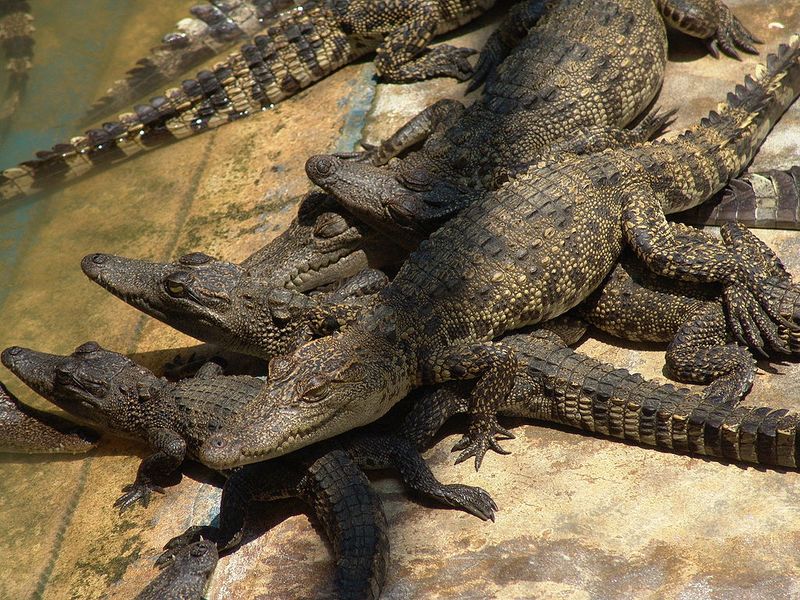
The Siamese Crocodile, once prevalent across Southeast Asia, now finds refuge in Cambodia’s wetlands. Known for its relatively moderate size, this crocodile is a crucial component of its ecosystem, controlling fish populations and maintaining healthy water habitats.
Conservation efforts have heightened as their numbers dwindle due to habitat loss and illegal hunting. Their presence in Cambodia’s rivers serves as a reminder of the delicate balance within these ecosystems. Observing such a creature in its natural habitat is a testament to the region’s commitment to preserving this ancient lineage and fostering biodiversity.
Giant Ibis
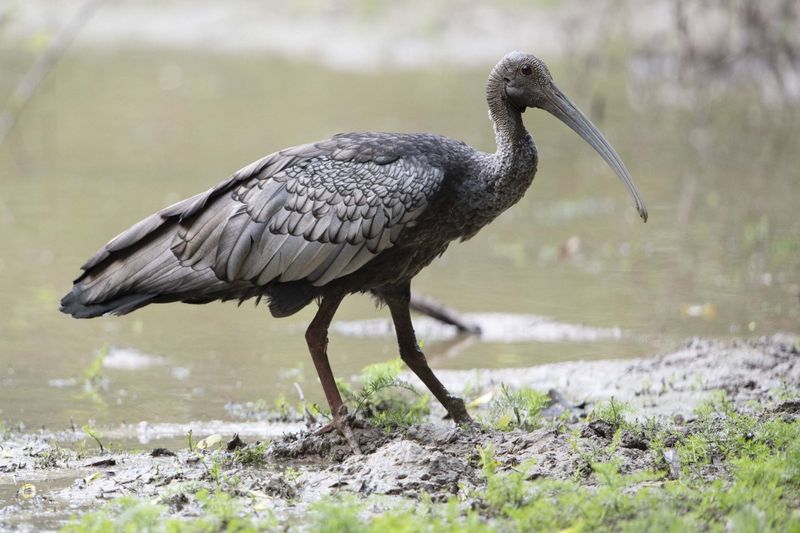
The Giant Ibis, Cambodia’s national bird, is an emblem of the country’s conservation success. Towering over its avian peers, it boasts a distinctive long beak and striking plumage. These birds thrive in the forested areas, where quiet pools and marshes offer abundant food sources.
Despite their majestic appearance, they face threats from habitat destruction and human disturbance. Conservation programs focus on protecting breeding areas to ensure their survival. Spotting a Giant Ibis is a rare privilege, reflecting Cambodia’s efforts in safeguarding its unique natural heritage and promoting eco-tourism.
Banteng
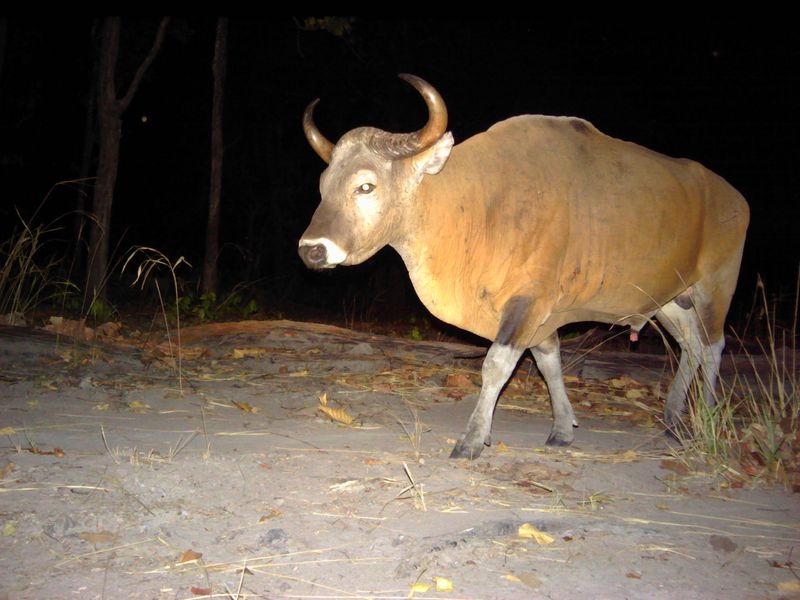
The Banteng, a wild cattle species, roams freely in Cambodia’s open grasslands and forests. Distinguished by their muscular build and striking white stockings on their legs, Bantengs play an essential role in maintaining these habitats.
Threatened by hunting and habitat encroachment, their populations have declined significantly. Conservationists aim to curb these threats through protected reserves and anti-poaching initiatives. Observing a Banteng in the wild offers a glimpse into the region’s ecological heritage and the ongoing efforts to preserve these magnificent creatures for future generations.
Irrawaddy Dolphin
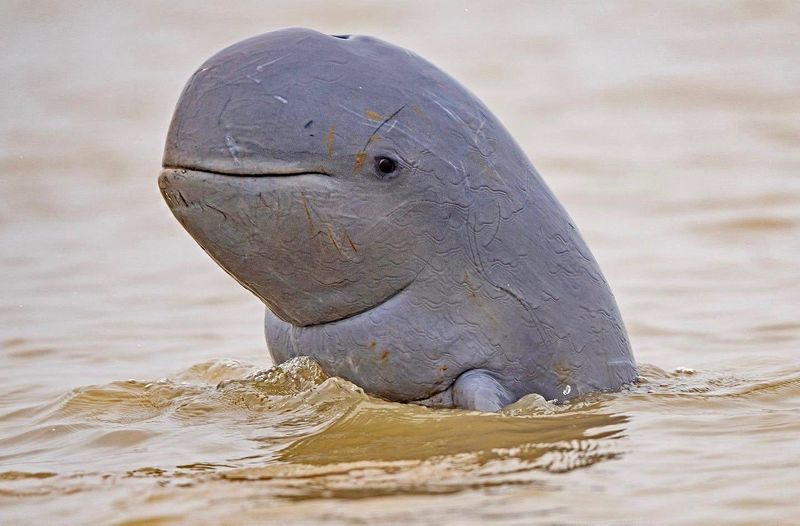
The Irrawaddy Dolphin, with its unique rounded forehead, inhabits the Mekong River’s tranquil waters. Known for their playful nature, these dolphins are a cherished sight for locals and tourists alike. They play a vital role in the river’s ecosystem by controlling fish populations.
However, they face threats from fishing practices and water pollution, prompting conservationists to push for protective measures. Witnessing an Irrawaddy Dolphin in its natural environment is both a delight and a reminder of the need to safeguard Cambodia’s aquatic wildlife and maintain the river’s health.
Pygmy Slow Loris
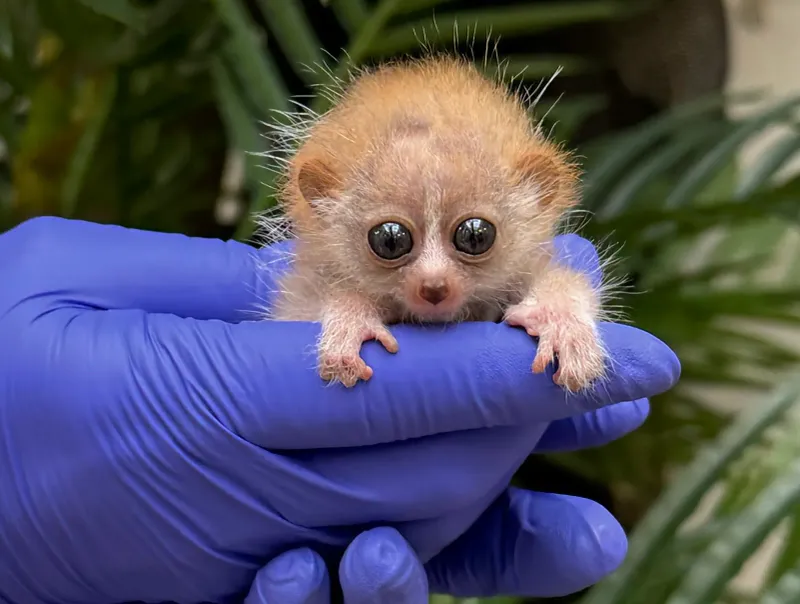
The Pygmy Slow Loris, a nocturnal primate, resides in the dense rainforests of Cambodia. With its large, endearing eyes and slow movements, it is perfectly adapted to life in the trees. This creature plays a critical role in seed dispersal and pest control.
Unfortunately, habitat destruction and the illegal pet trade threaten their existence. Conservation efforts focus on habitat preservation and raising awareness to protect these gentle creatures. Spotting a Pygmy Slow Loris is a rare and captivating experience, highlighting the need for ongoing conservation initiatives.
Asian Elephant
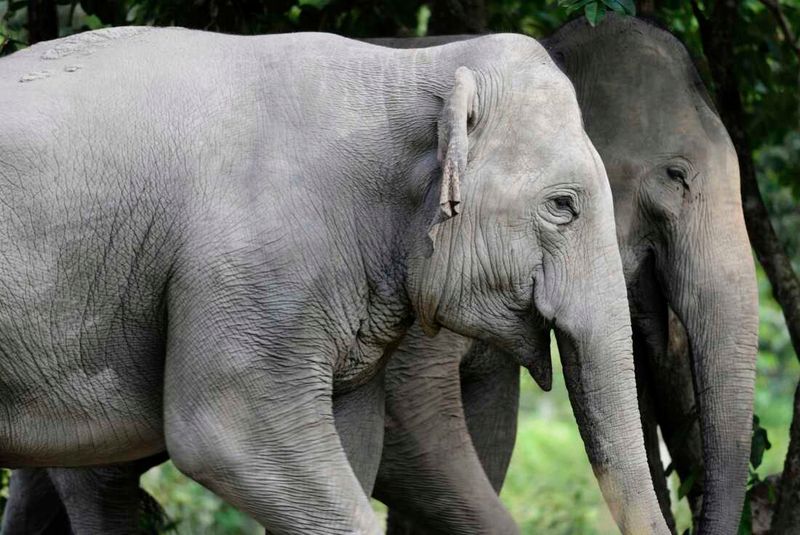
The Asian Elephant, a symbol of strength and wisdom, is a keystone species in Cambodia’s forests. These gentle giants shape the environment by creating pathways, dispersing seeds, and maintaining the ecological balance.
Threatened by habitat fragmentation and human-wildlife conflict, their numbers are dwindling. Efforts to establish wildlife corridors and conservation programs aim to protect these majestic creatures. Observing an Asian Elephant in its natural habitat is an awe-inspiring experience, underscoring the significance of preserving Cambodia’s wildlife and fostering harmony between humans and nature.
Pygmy Hog
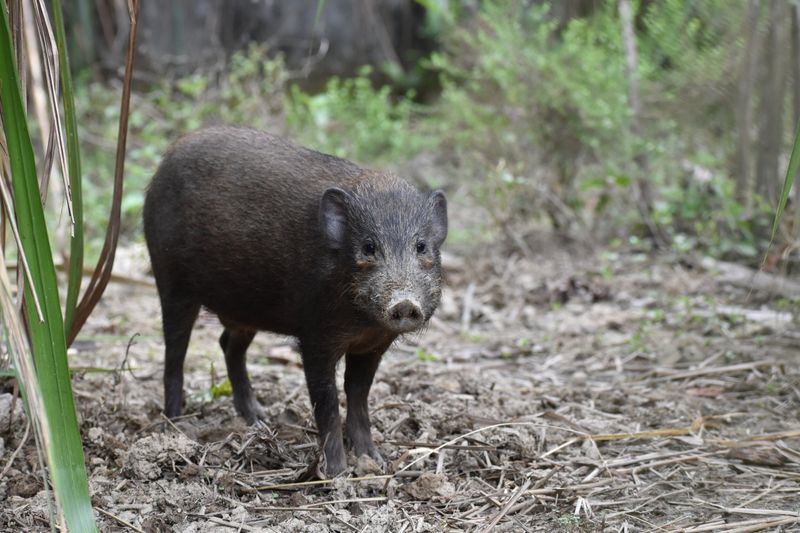
The Pygmy Hog, the world’s smallest wild pig, finds sanctuary in Cambodia’s grasslands and wetlands. With its diminutive size and bristly coat, it plays a vital role in the ecosystem by aerating soil and promoting vegetation growth.
Due to habitat loss and hunting, their populations are critically endangered. Conservationists work tirelessly to protect these habitats and reintroduce captive-bred hogs into the wild. Spotting a Pygmy Hog is a testament to the resilience of nature and the continuous efforts to conserve Cambodia’s unique biodiversity.
Clouded Leopard

The Clouded Leopard, with its captivating spotted coat, prowls the dense jungles of Cambodia. This elusive feline is renowned for its climbing prowess and ability to navigate through the treetops, hunting smaller animals.
Deforestation and poaching pose significant threats to their survival. Conservation strategies include habitat protection and anti-poaching initiatives. Encountering a Clouded Leopard in the wild is a rare and thrilling experience, emphasizing the importance of preserving Cambodia’s diverse ecosystems and the marvels that inhabit them.
Smooth-coated Otter
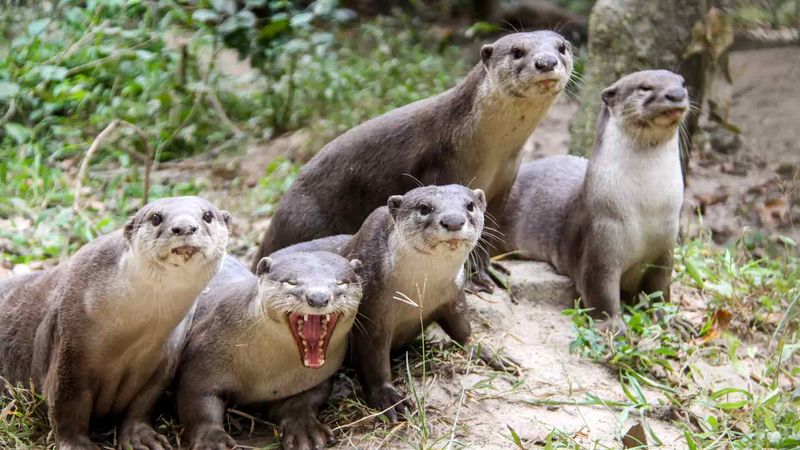
The Smooth-coated Otter, with its sleek appearance, thrives in Cambodia’s waterways. Its playful antics and social behavior make it a favorite among wildlife enthusiasts. Essential to the aquatic ecosystem, they help maintain fish populations and clean water bodies.
However, habitat degradation and hunting for their fur threaten their existence. Conservation programs aim to protect their habitats while raising awareness about their ecological importance. Observing a Smooth-coated Otter in its natural environment is both entertaining and enlightening, reflecting the vibrant life within Cambodia’s rivers.
Kouprey
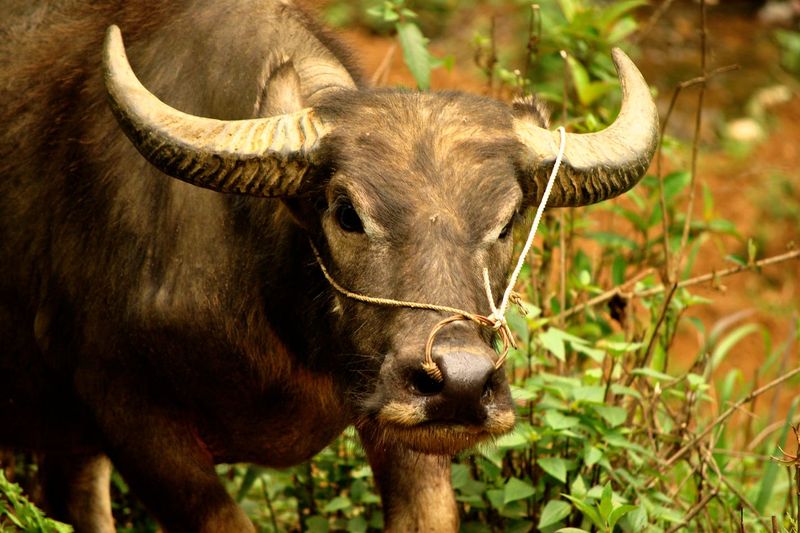
The elusive Kouprey, possibly extinct, was once a symbol of Cambodia’s wild heritage. Known for its unique horns and mysterious nature, this wild cattle species roamed the forests and grasslands.
Though its existence today is uncertain, the Kouprey represents the richness of Cambodia’s past biodiversity. Conservationists are intrigued by its history and strive to uncover more about this enigmatic creature. The Kouprey’s legacy reminds us of the importance of preserving other endangered species and the natural environments they inhabit.
Sarus Crane
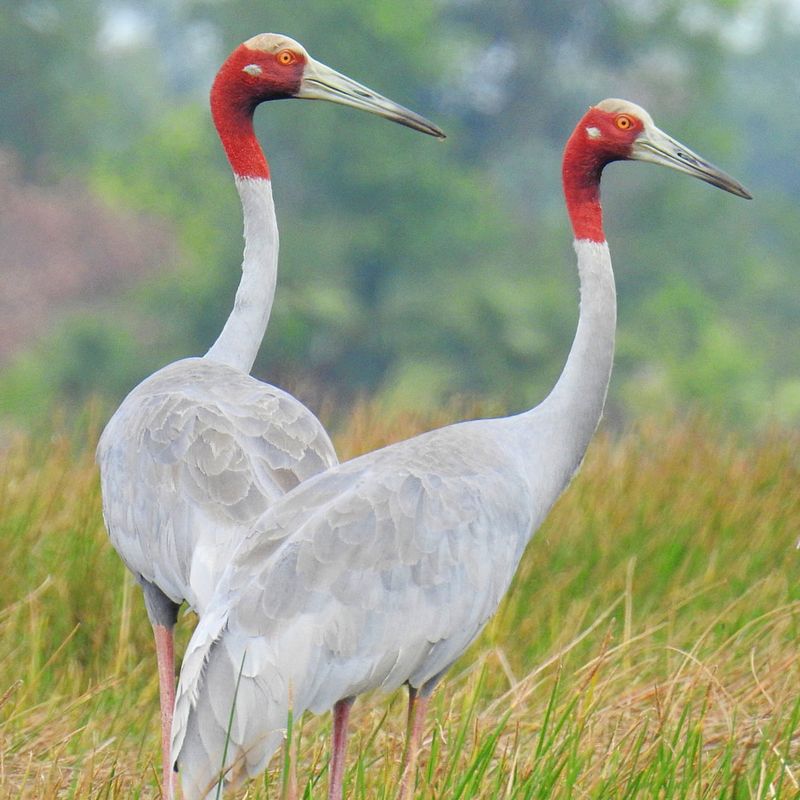
The Sarus Crane, the world’s tallest flying bird, graces the wetlands of Cambodia with its elegant presence. Its striking red head and elongated neck make it a remarkable sight amidst the verdant landscape.
These cranes are vital to the wetland ecosystem, promoting plant growth and fostering biodiversity. However, habitat loss and changes in water management threaten their existence. Conservation efforts focus on protecting their habitats and encouraging eco-tourism to raise awareness. Witnessing a Sarus Crane in its natural setting is a breathtaking experience, showcasing Cambodia’s commitment to nurturing its wildlife.
Sun Bear
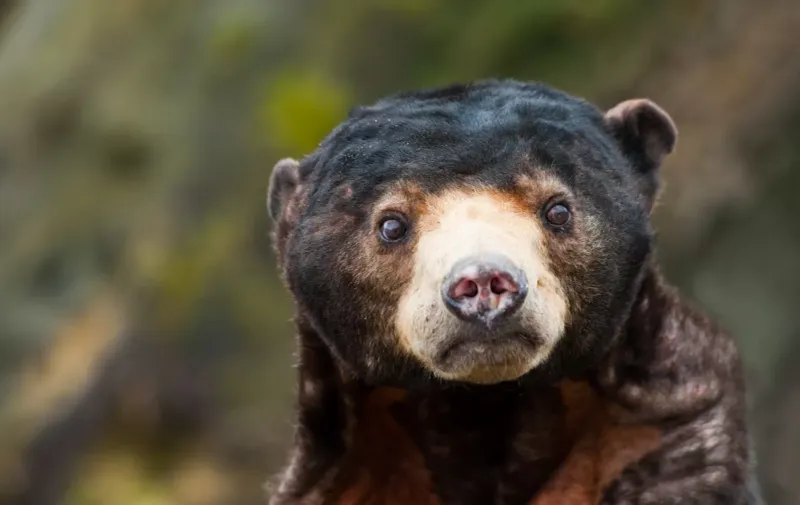
The Sun Bear, the smallest of the bear species, inhabits Cambodia’s lush forests. Recognized by its short stature and unique chest marking, it plays a critical role in seed dispersal and insect control.
Threats from habitat destruction and poaching for the illegal wildlife trade have put pressure on their populations. Conservationists work to protect their habitats and rescue bears from illegal captivity. Observing a Sun Bear in the wild is a joy, emphasizing the need to conserve Cambodia’s diverse fauna and the natural habitats they depend on.
Black-shanked Douc Langur
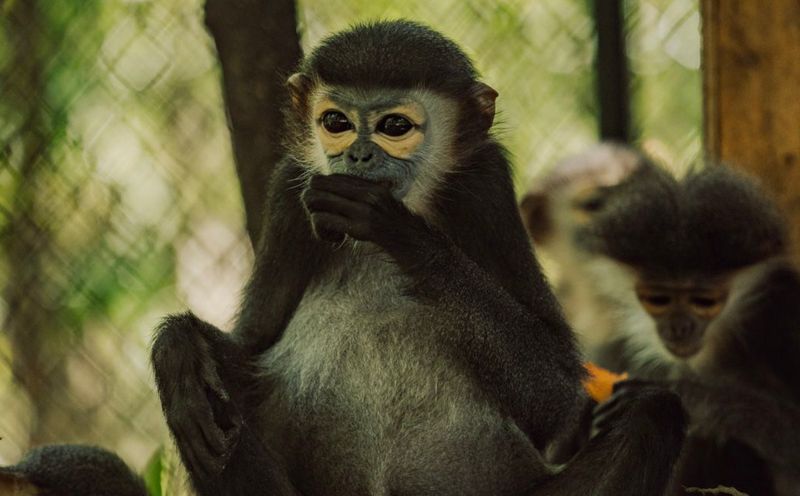
The Black-shanked Douc Langur, with its vibrant facial coloration and graceful movements, navigates the treetops of Cambodia’s forests. This primate is instrumental in maintaining the health of its arboreal habitat through seed dispersal and foliage consumption.
Sadly, they face threats from hunting and habitat destruction. Conservation efforts are directed towards education and preserving their forested homes. Watching a Black-shanked Douc Langur is a captivating experience, reflecting the beauty and complexity of Cambodia’s wildlife and the critical need for ongoing preservation efforts.
Binturong
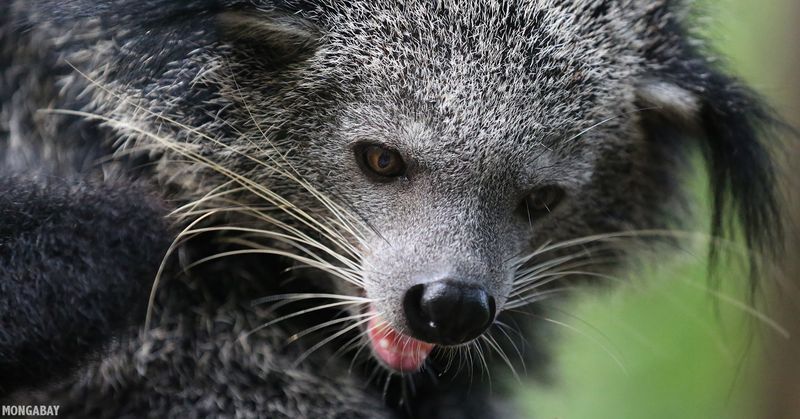
The Binturong, often called the bearcat, is a unique mammal found in Cambodia’s rainforests. With its bushy tail and nocturnal habits, it plays a significant role in seed dispersal and forest health.
Habitat loss and the illegal pet trade threaten their survival. Conservationists aim to protect their natural environments and curb illegal activities. Observing a Binturong is fascinating, offering insight into the diverse wildlife that thrives in Cambodia’s rich forests and the efforts required to ensure their continued existence.
Yellow-cheeked Gibbon
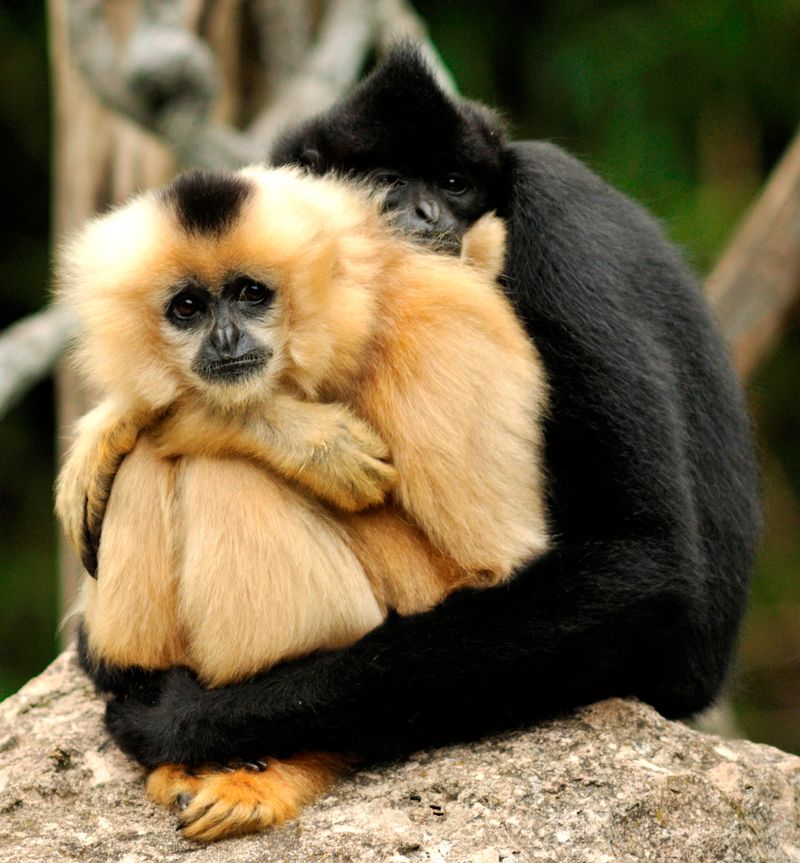
The Yellow-cheeked Gibbon, with its melodic calls and acrobatic swings, inhabits Cambodia’s dense jungles. Known for their social behavior and extraordinary agility, these primates are integral to the forest ecosystem, aiding in seed dispersal.
They face threats from deforestation and the illegal wildlife trade. Conservation efforts focus on habitat protection and education to prevent poaching. Witnessing a Yellow-cheeked Gibbon in action is an exhilarating experience, highlighting the importance of preserving Cambodia’s vibrant wildlife and the habitats they call home.

